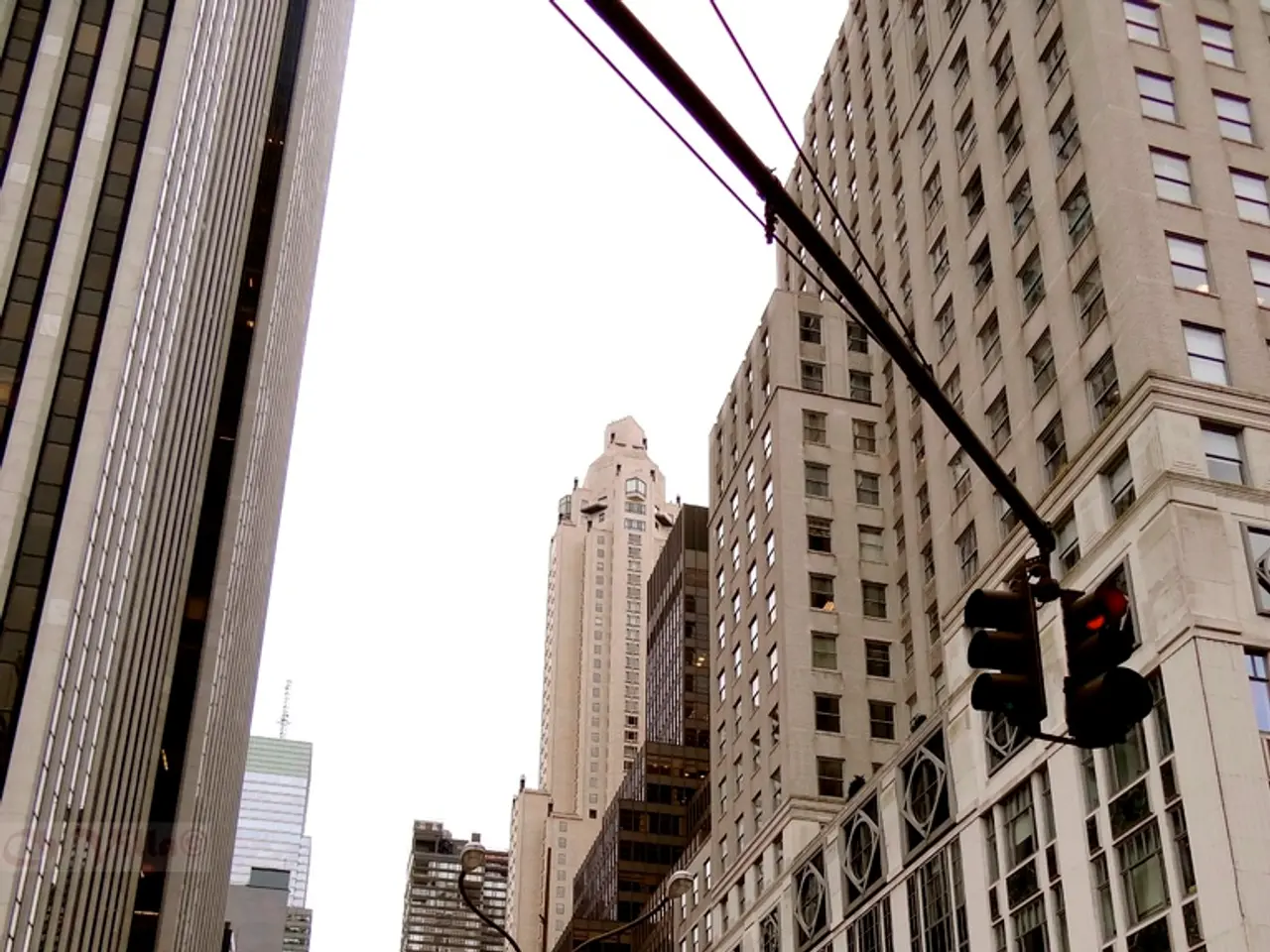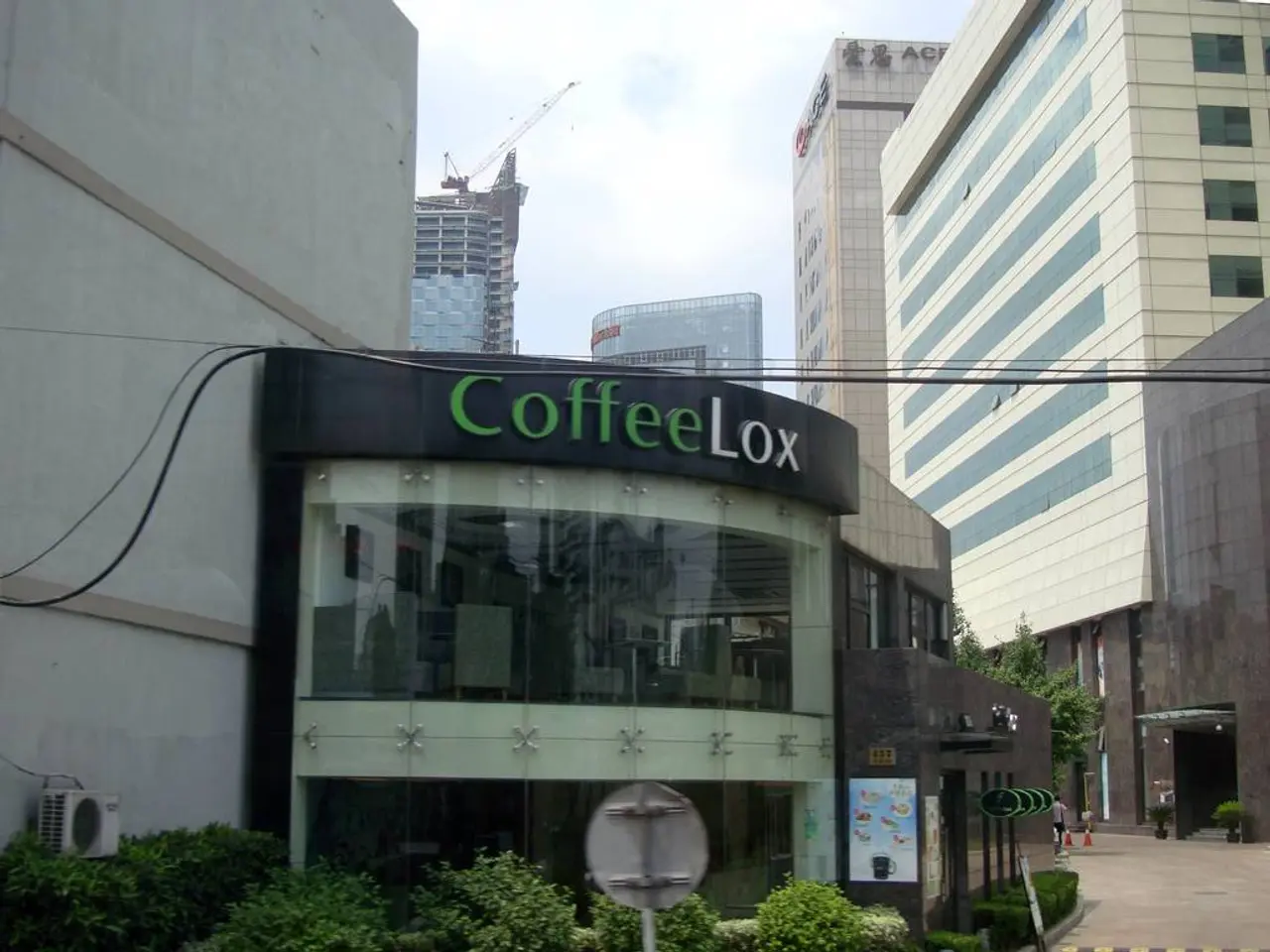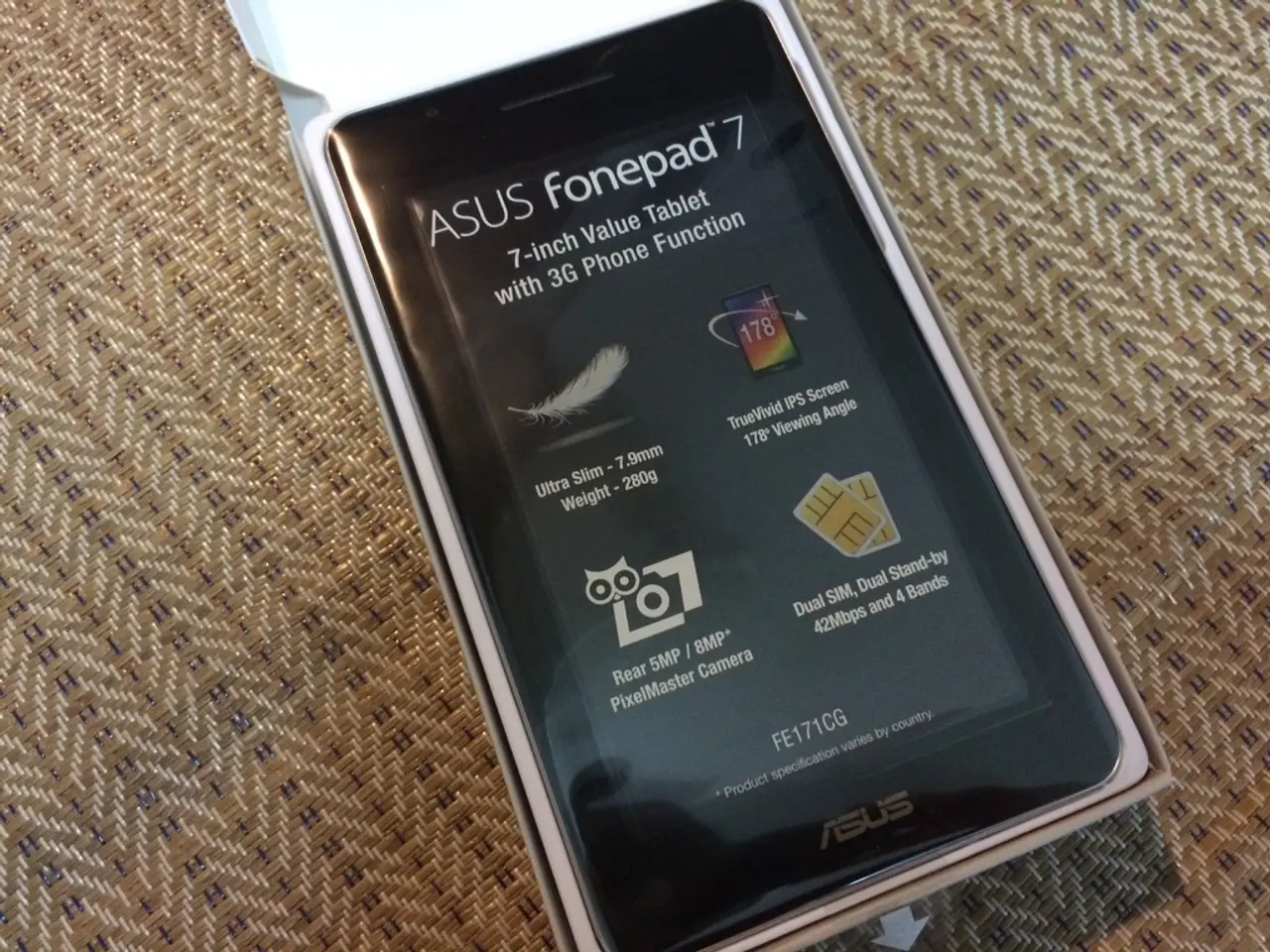Shrinking white areas observed.
In the heart of Kazakhstan, the city of Nur-Sultan is embracing the future with a series of innovative telecommunications solutions aimed at enhancing internet quality and providing stable mobile connectivity.
The city's latest initiative involves the installation of an autonomous antenna-mast structure along the Nur-Sultan - Borovoe republican highway. This self-sustaining structure, equipped with solar panels and wind turbines, operates independently of power grids, minimizing environmental impact. The autonomous antenna-mast structure is designed to address connectivity issues on previously hard-to-reach sections of roads, enabling stable mobile connectivity where it was once lacking.
The innovative design doesn't stop there. A dual-purpose pole has been installed, combining the functions of a base station and street lighting. This dual-purpose pole, part of the new telecommunications solutions implemented in the city, blends seamlessly with the city's architecture, providing both functional and aesthetic benefits.
The ministry clarified that the design is beneficial when residents do not support the installation of base stations on their property. The dual-purpose pole helps to cover areas with weak signal, ensuring a more comprehensive network.
Moreover, a system ensuring stable high-speed internet and eliminating "dead zones" within a major shopping center in Nur-Sultan has been implemented. This development is intended to enhance connectivity within the city's bustling commercial hub.
These new solutions are part of the ongoing efforts to improve telecommunications in Nur-Sultan. The implementation of these solutions is intended to enhance internet quality in the city, making it a more connected and efficient place for its residents and visitors alike.
While detailed recent reports specifically about dual-purpose poles, shopping center internet systems, or autonomous antenna-mast structures in Nur-Sultan are scarce, it's clear that Kazakhstan is investing in robust infrastructure, including telecommunications. The country's focus on strategic partnerships and technological cooperation with countries like Turkey may indirectly impact infrastructure and telecommunications development in the region.
In conclusion, the city of Nur-Sultan is leading the way in Kazakhstan's telecommunications evolution, implementing innovative solutions to improve connectivity and internet quality for its residents and visitors. The autonomous antenna-mast structure along the Nur-Sultan - Borovoe republican highway is just one example of the city's commitment to a connected future.
- The incorporation of solar panels and wind turbines in the autonomous antenna-mast structure indicates a convergence of the energy and technology sectors, with the potential for future advancements in sustainable finance.
- The installation of dual-purpose poles for base stations and street lighting showcases the synergy between the finance, industry, and technology fields, as such investments can likely foster economic growth and innovation in the city.




